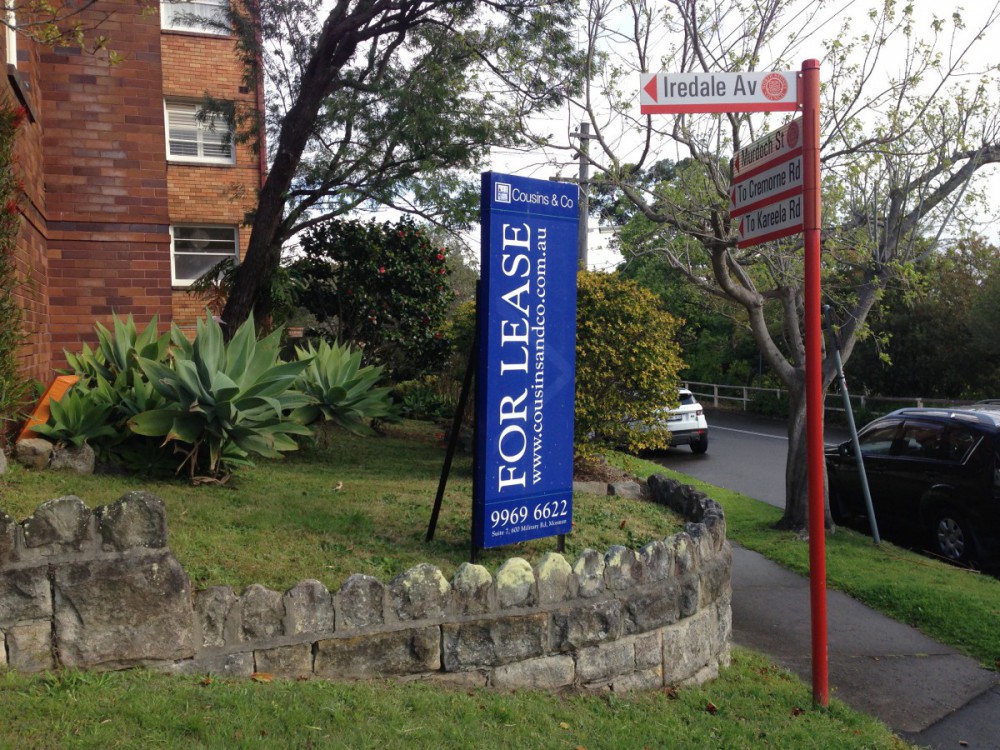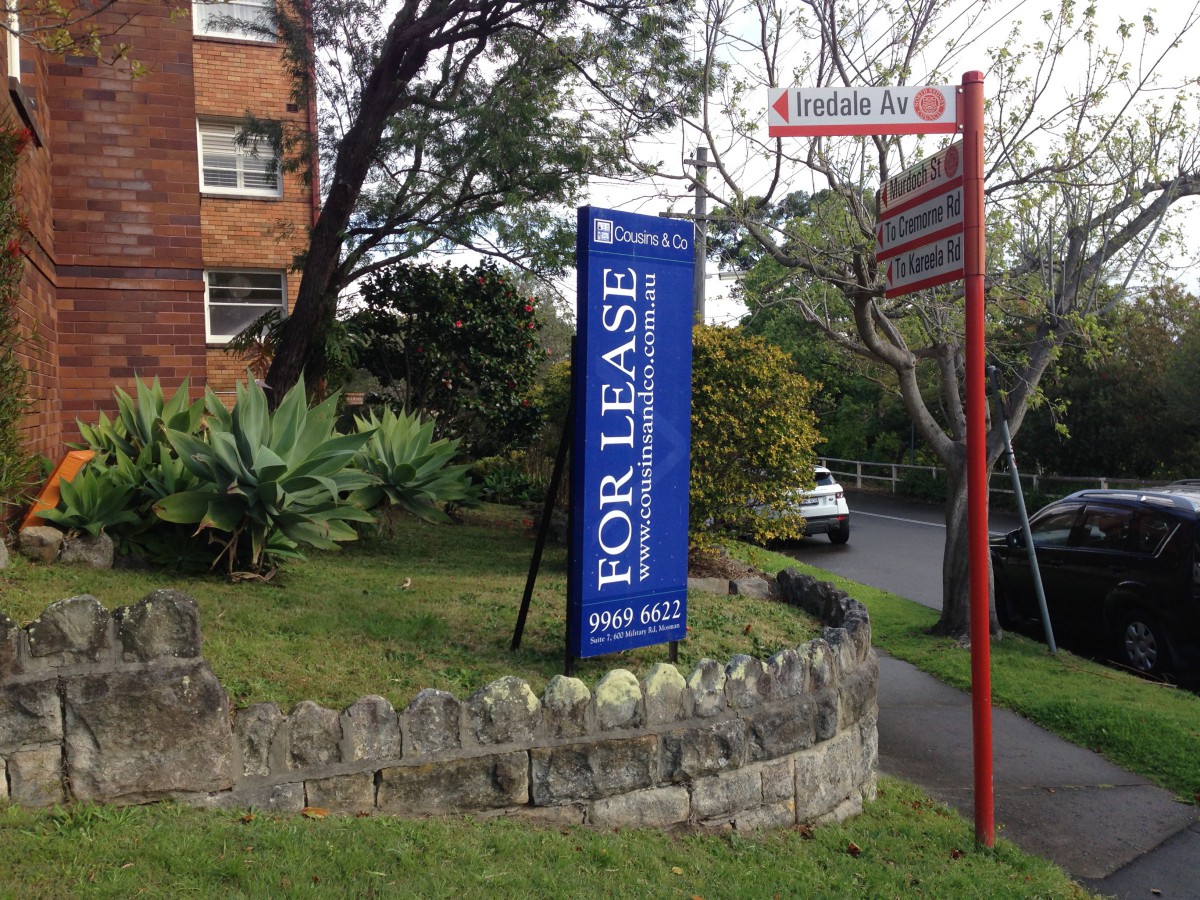DATA NEWS We love data!
Air leaking out of the property bubble
All the economists have been outdoing themselves recently to be the first to call the end of the housing boom in Australia. What they’re really making is a call on is the end of the housing boom in Sydney as the rest of the country slowed down months ago.
They refer to high average pricing, tighter restrictions on investor lending, more supply coming onto markets and a slowdown in immigration as the driving forces in their predictions.
Investment banker Morgan Stanley is even predicting that any slowdown in housing activity could push the lower growth Australian economy into recession. And they’re not the only ones to be calling Australia housing overpriced and a danger the economy.
Here’s what they said: “This outlook anchors our bottom-of-consensus forecast for 1.9 per cent GDP and 0.7 per cent domestic demand growth in 2016, and we believe recession risks are elevated as regulators attempt a difficult soft landing of the housing market amidst external and income challenges.”
And Morgan Stanley has dismissed the low interest-rate environment continuing to underpin buyer interest. There is no doubt that all the factors mentioned by Morgan Stanley are having an effect on the market and auction clearance rates have been retreating in most capital cities recently, with Sydney the last to show weakness. The first big Spring auction sales this weekend will test that resilience.
But at dbdata we always fall back on the market fundamentals to try and understand the big picture, as we did recently with our forecast that rental yields were weakening and the smart money was either selling or locking in longer-term leases.
So it was with some interest that we read a Reserve Bank paper on the underlying principles that drive the property in Australia. Are low interest rates or supply the real drivers to which way the market is heading?
The RBA was responding to criticism that its ultra low interest rate policy was responsible for property price inflation. Low rates were enticing buyers into the market earlier than normal and had thus created additional demand fuelling the housing ‘bubble’
The bank’s own research pointed out it was a failure to supply new homes to a rapidly rising population that the major factor.
The RBA responded it was quite sanguine about the current situation and thought the market would deflate under its own steam. It pointed to data that showed Australia households reluctant to embrace extreme debt-to-income ratios in the current cycle.
Instead it pointed to a failure to supply new homes to a rapidly rising population as the biggest factor affecting the market. High population growth and a lack of supply could lead to “periods of sizeable changes in housing price growth,” wrote Marion Kohler and Michelle van der Merwe, the two officials who did the research published in the central bank’s latest quarterly report.
Their simple explanation was that even if in long-term low interest rates did spark buyer demand the industry would respond by lifting new home construction. Of course that’s in a perfect world and doesn’t account for the leads and lags that invariably accompany surges in the housing market.
The researchers said: “Indeed, the reduction in real mortgage rates since 2011 – following reductions in the cash rate – has been closely associated with both stronger housing price growth and strong dwelling construction more recently.”
This is what is happening in property market at the moment as negotiating power is moving away from vendor to the buyer and developers are redoing their numbers on forward demand. No one ever gets it right and inevitably there will be some pain.
But here’s some more data from the RBA that reinforces its claims.
Over the past three decades, house prices increased on average by 7.25 per cent a year, and by around 7 per cent since the early 1990s.
In the 1980s, the RBA found annual house price inflation ran at close to 10 per cent – as did inflation more generally, making price gains in real terms relatively modest at 1.4 per cent a year.
As housing finance became deregulated and competitive during the late 1980s to the mid-2000s, prices moved far more strongly at 7.2 per cent a year on average in nominal terms and 4.5 per cent after inflation. Buyers were prepared and able to take on more debt. 
But over the past decade annual nominal prices rose at a little over 5 per cent and 2.5 per cent in real terms.
Since then debt-to-income levels have stabilised while population growth, driven by strong immigration and the trend towards smaller household sizes, have seen underlying demand exceed the supply of new homes.T
hat is why it is important the housing industry responds to demand as quickly as possible.
This cycle has seen seen developers and the construction industry concentrating on apartment buildings in higher density areas rather than detached housing further out from the city.
It looks like we should all be watching those population numbers now as another key indicator of the health of the property market. At the moment they are slowing as other countries become more attractive. The situation in the Middle East and the fallout in Europe may change that. 

